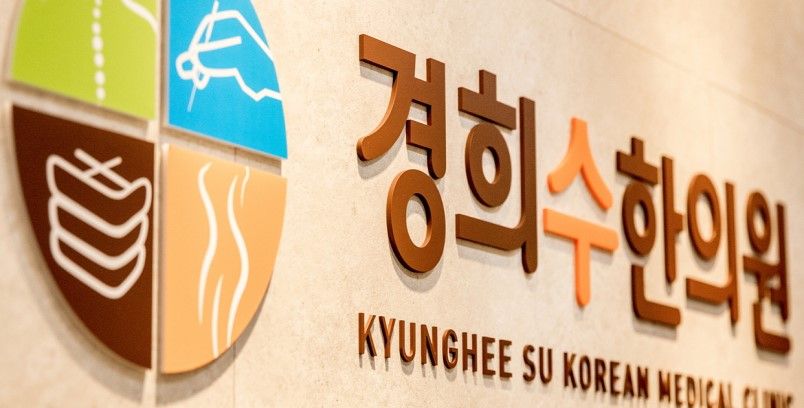Just about every minute, a person in America includes a stroke. Of the seven hundred,000 victims every year, a single-third die, and One more third experience permanent paralysis, loss of speech or memory lapses.
The obvious way to limit the effects of a stroke is to understand the warning indications Hence the stroke target can get immediate remedy. Warning symptoms consist of sudden weakness or numbness, exclusively on one particular side of the body; dizziness or lack of coordination; sudden headache or nausea; confusion or trouble speaking; and eyesight reduction.
Do you think you're at risk for a stroke? Building balanced Life-style changes, like lowering hypertension rather than using tobacco, can help cut down your threat of stroke. Other danger factors include things like:
* Age. Likelihood of aquiring a stroke much more than doubles Each and every decade just after age 55.

* Gender. Far more women die of strokes than Adult males.
* Race and heredity. Likelihood of stroke are better with a family members heritage of stroke. African-People and Hispanics are at better chance for stroke than Caucasians.
* Sickle cell anemia. Sickled purple blood cells are fewer in a position to hold oxygen to the body’s tissues and organs. Additionally they can follow the partitions from the blood vessels, which might block arteries on the Mind, causing a stroke.
On going through stroke symptoms, people need to immediately look for health-related consideration. Patients attended to within just hrs of the stroke Have got a Substantially greater chance of efficiently becoming https://www.washingtonpost.com/newssearch/?query=수원한의원 diagnosed 수원한의원 and addressed.
Hospitals and trauma facilities are Outfitted with subtle medical imaging gear, like Toshiba’s Aquilion line of computed tomography scanners and The brand new Vantage magnetic resonance imaging system, which often can help to quickly and accurately diagnose a stroke and aid in the proper remedy system.
Using this new gear, doctors are able to Track down and look at the blockage from the arteries after which you can identify if the procedure must be invasive or noninvasive. Generally, The situation in the blockage dictates the program of treatment.